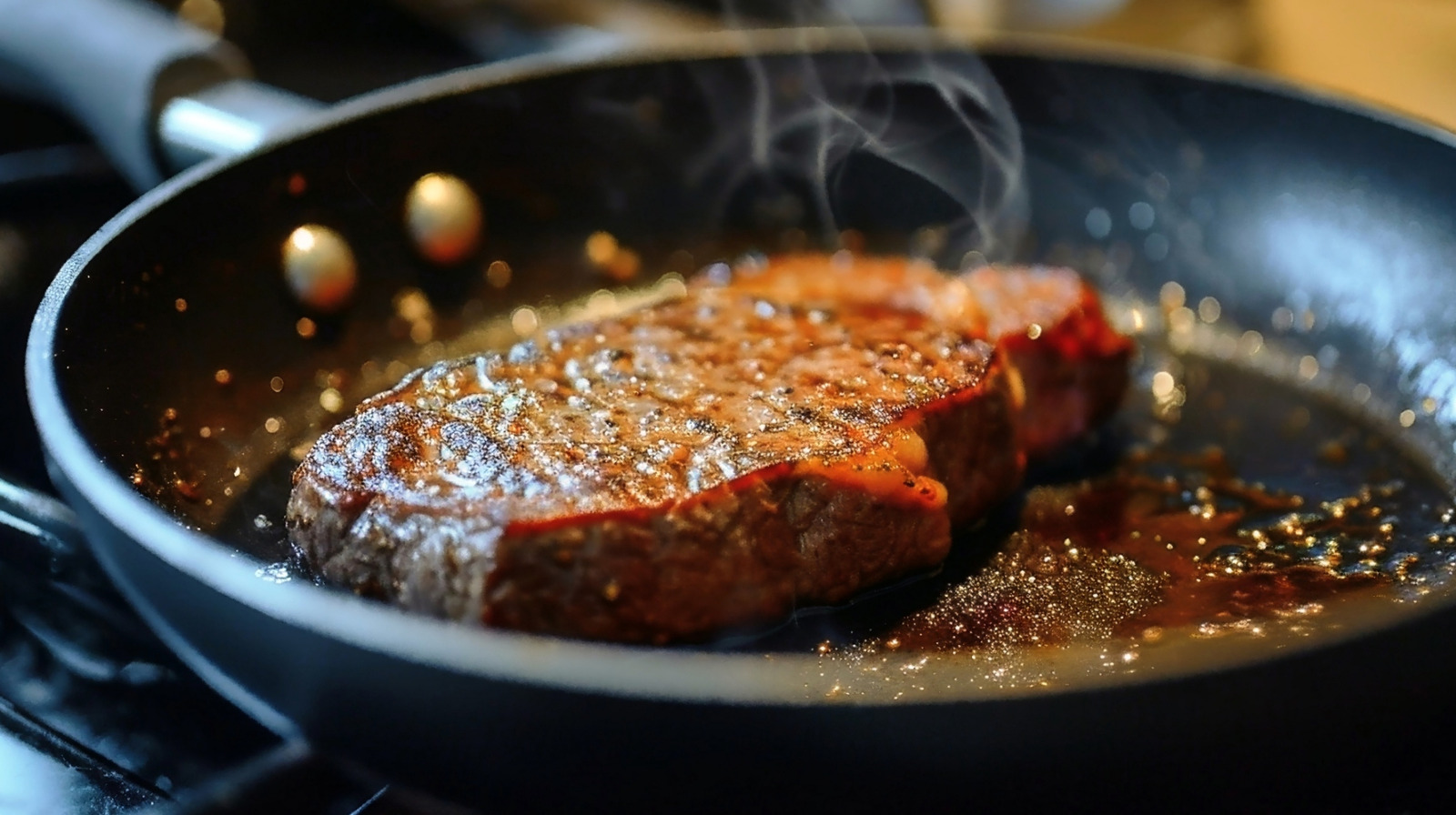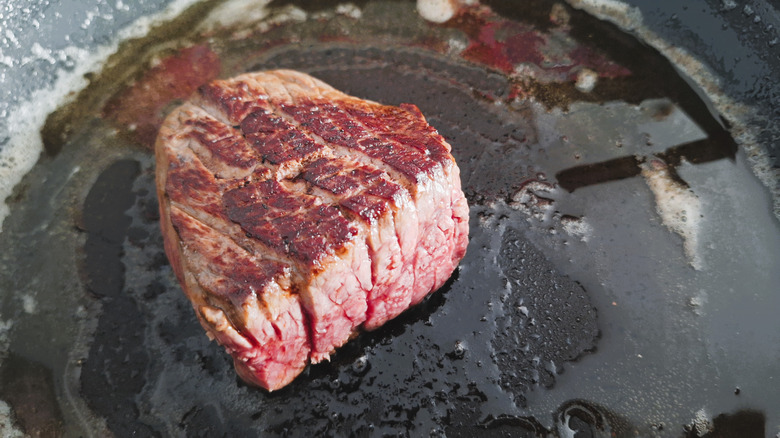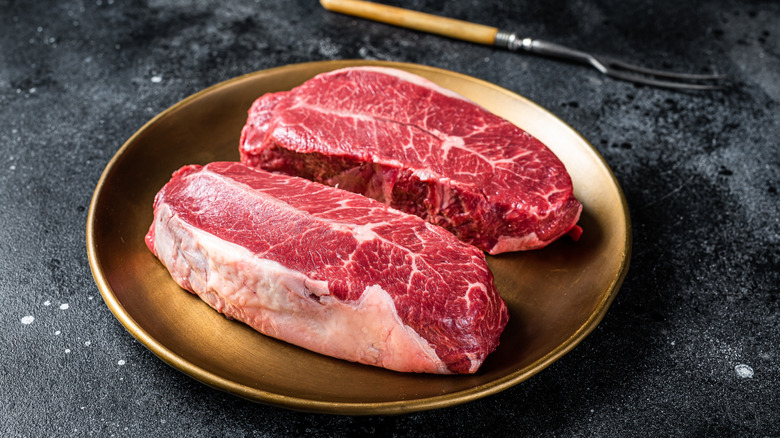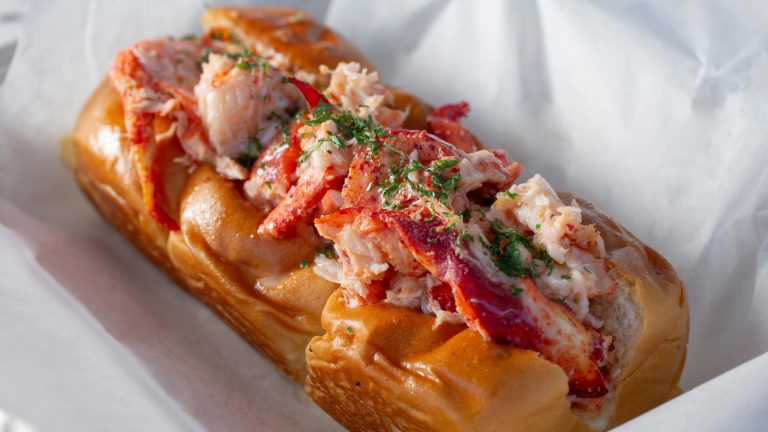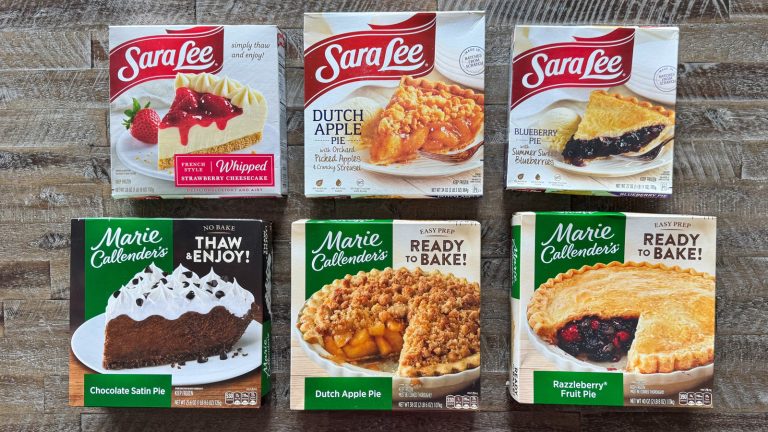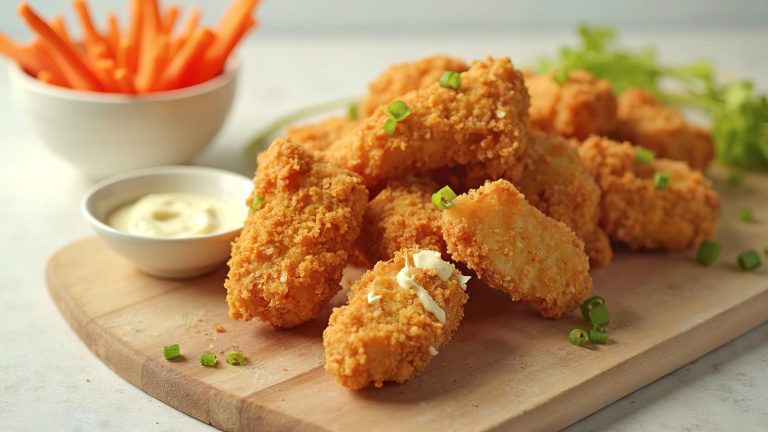There’s a lot of information floating around when it comes to cooking the perfect steak. Some swear by marinading the meat, while others insist that it’s a shortcut to ruining it. Some will tell you that you’d be a fool not to use the reverse sear method, and others say that you’ll get a perfect, golden crust by grilling your steak from frozen. However, the one thing that almost every recipe out there will tell you to do is to sear your steak in a ripping hot pan.
This is considered the proper way to cook a steak for a reason: The high heat ensures the development of that aforementioned crust before the interior overcooks, allowing for both a great sear and a juicy, perfectly cooked interior. But what if we told you that there’s another way? You can achieve a great crust (and a more consistent cook) by cooking your steak over medium heat. That might sound counterintuitive, but there’s some evidence that this works. You’ll still need your pan to be hot enough to facilitate the Maillard reaction over time, but a more gentle application of heat will ensure plenty of time to develop a crust and give you more control over exact doneness. When a steak is heated, the water on its surface evaporates, resulting in the sugars in the meat breaking down. Those caramelize over time, forming that delicious, golden brown crust. While most recommend using a high heat for this process, given enough time, those sugars will still break down.
How to ensure a great crust using this technique
A great crust on your steak starts with great cookware. Because you aren’t going to be whacking the heat up to achieve that classic golden brown sear, you’ll want a pan that retains and effectively transfers heat. As you might have already guessed, that means cast iron. While any heavy bottomed skillet will work, cast iron is particularly good at retaining heat compared to other materials, which means that it won’t run the risk of losing temperature and negatively affecting any chance you have of achieving a great crust. Cast iron is also naturally non-stick, which will help you to gently cook the steak without it adhering to the pan.
The golden range for this technique will be around 300 degrees Fahrenheit — plenty hot enough for some lovely browning but low enough to cook the inside gently. Once you have the pan at temperature, oil your steak and season it liberally before dropping it in. Despite the common steak-searing myth, you don’t need to only turn your steak once. In fact, when using this technique, you should turn it often to help develop that crust while ensuring a consistent cook throughout the steak. Then, once your steak comes up to temperature, make sure you leave it to rest. The result will be a golden, perfect crust and a juicy, blushing pink interior.
More tips for creating a crust on your steak
While this is a great technique, and a shockingly easy one, there are one or two things to keep in mind if you want to get the very best results. For one, the steak you choose matters more than you think: Thinner steaks aren’t your friend here, so if you’re after a flank, or skirt steak for example, you’re better off using the traditional high heat sear. Instead, opt for thicker cuts like ribeye or less expensive steaks like oyster blade, which require careful cooking and will be able to develop a decent crust before they overcook on the inside.
Moisture is the enemy of a good sear — so if you can use a dry-aged steak, all the better. This will not only help you achieve a better crust on your meat, it’ll also intensify the flavor, and help you get a more tender bite. To help even more in the crust department, consider dry brining your steak (which will help draw out any surface moisture) and pat it dry before you sear.
Is it better than the traditional method? Well, if we’re honest, not really… There’s a reason why steak is traditionally cooked the way it is. This is the technique to go for if you’re worrying about overcooking your meat — or you have a tough cut that needs breaking down. But a high heat is still the way to go if you want to get the absolute best sear on your steak.


